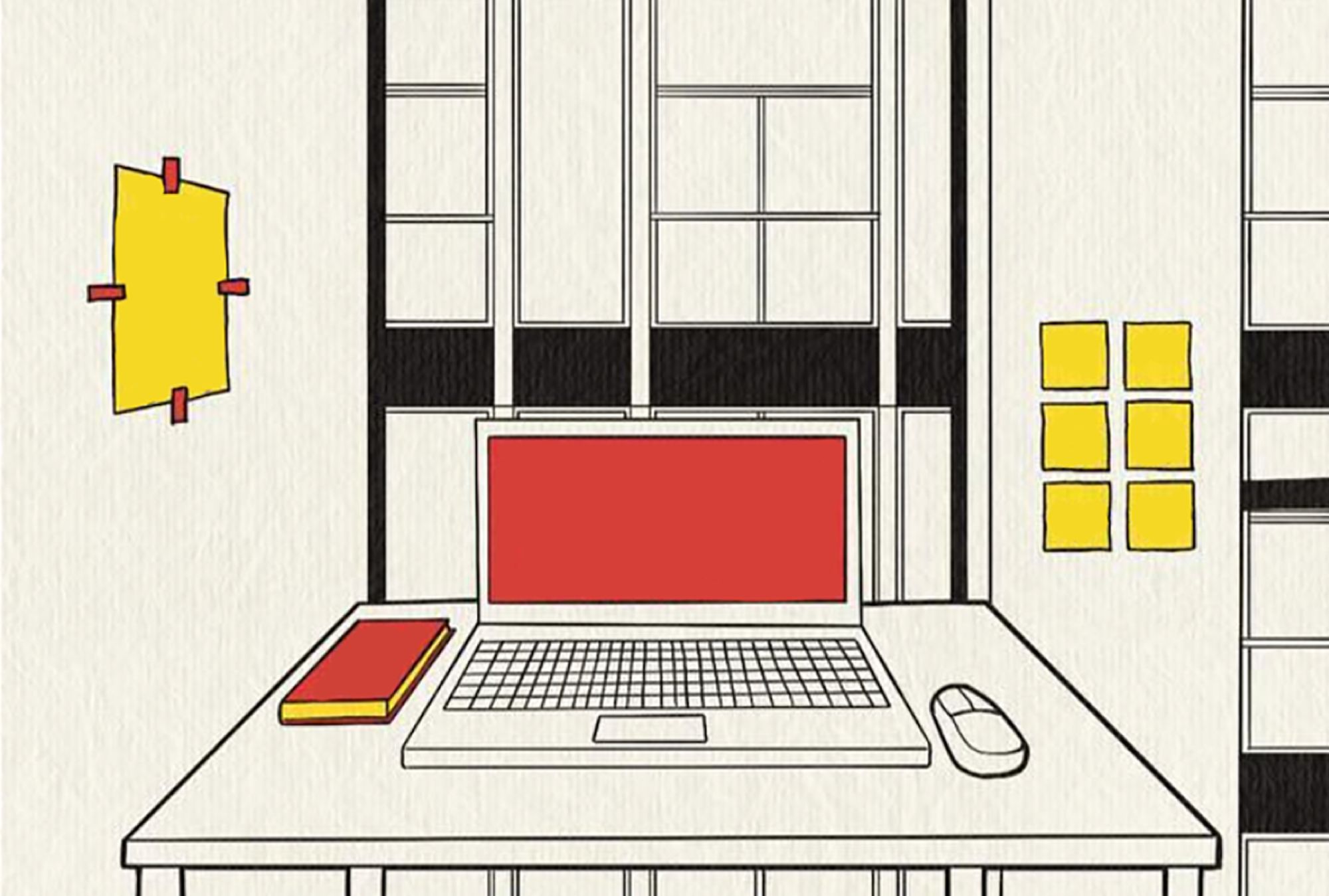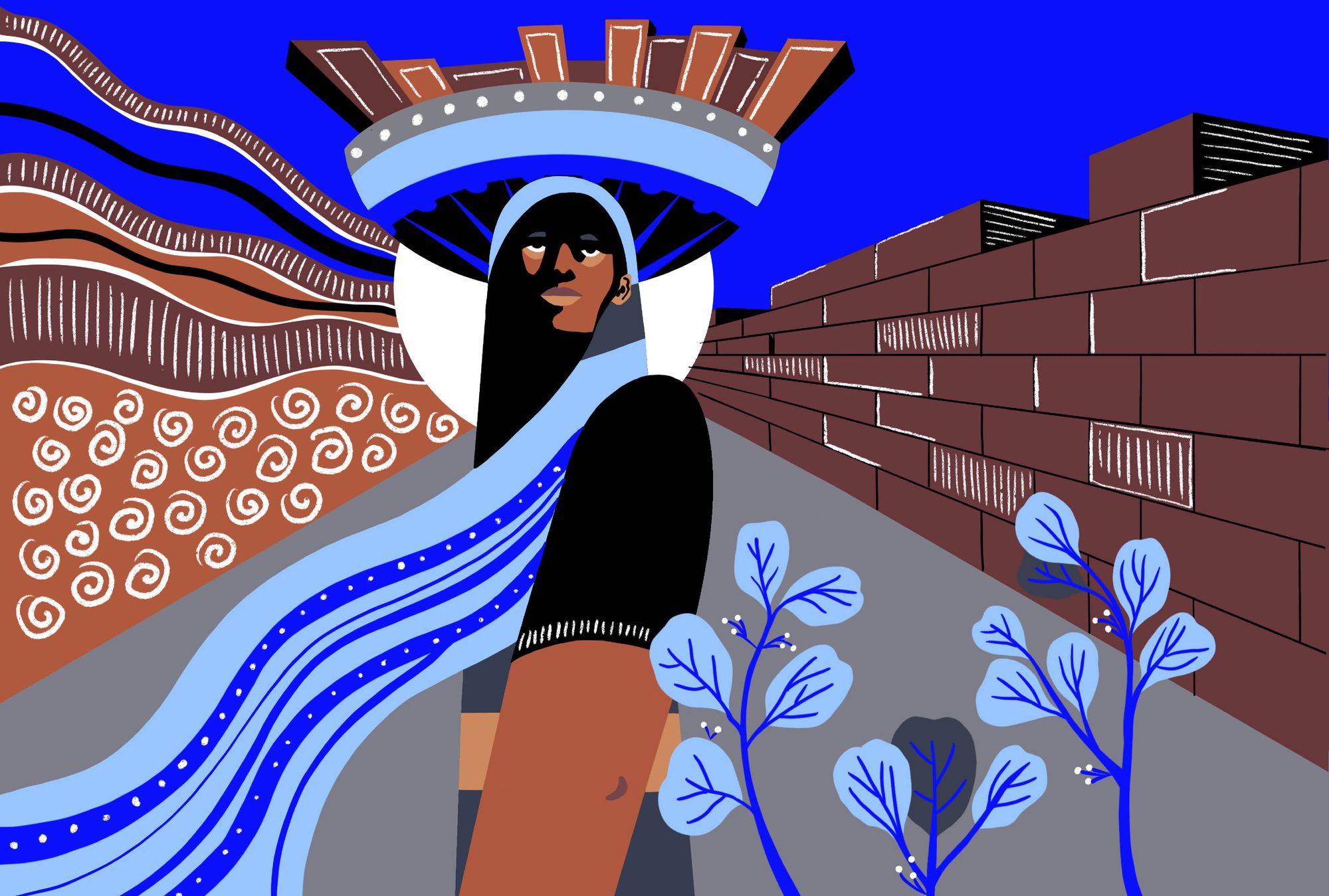
At an “open day” for prospective students, a professor said: “Designers help people by creating thoughtful products.” I was hooked. Right then and there, I decided to study product design. Today, a BA and a MA later, I’m not sure if I still believe this statement. Although my studies gave me many insights, and brought me many new experiences and perspectives, I still haven’t been able to find any clear answer on how to work as a product designer in a thoughtful, meaningful, ecological and socially sustainable way. Therefore, I prefer to describe myself as a “product designer who does not want to design products.” While I enjoy the aesthetic aspects of designing, I don’t want to design the millionth coffee table to give our consumption-centered capitalist society a short-term substitute for happiness. This does not mean that I regret my design studies, or that I will never design a product ever again, but it makes me wonder: how often in my professional life will the solution to a design problem actually be not designing?
“I still haven’t been able to find any clear answer on how to work as a product designer in a thoughtful, meaningful, ecological and socially sustainable way. [...] How often in my professional life will the solution to a design problem actually be not designing?”
During my studies in Germany, I looked at different strands or philosophies of design that promised social or environmental good. I’ve learnt, for example, that designing with new and sustainable materials, while well-intentioned, usually remains at a purely experimental stage, and tends to be unfeasible once you scale production up to supply large masses (after all, scaling up and growing is unfortunately still the ultimate design goal). Similarly, the label of “social design” here in Europe is regularly misused and often translates to one group of people feeling superior and imposing their own habits onto “others.” However, both approaches could be more effective if the right partners were involved—and by “right” I don’t mean my personal subjective opinion on what’s good or bad, but what’s right for the project. In my opinion, the conceptualization of a project should involve from the get-go as many stakeholders as possible—producers, manufacturers, users of all kinds and genders, and all those responsible for repair or removal, from all cultures and contexts touched by a project. Everyone has biases, and being aware of them by working with other people in diverse teams creates a responsible way of dealing with shortcomings. In this way, products that supposedly solve problems can be prevented from creating even more problems.
But partnering up is not enough if critical questions are not asked along the way. “While it is important to tackle issues about precarious work designers face, it is also important to enquire what kind of labour the field of design is part of and contributing to,” state design scholars and activists Bianca Elzenbaumer and Fabio Franz in their 2017 paper “Notes on design education and (prefigurative) work politics.” They state that it is paramount for designers to ask questions such as: “Who produces the computers, technological infrastructures and materials we rely on? Under what conditions and with what ecological impact are they produced? Who cleans our classrooms [or offices] and provides other invisible services? What labour relations and resource extraction does the production of our projects rely on? What aspirations and social relations do our design projects foster? Where do we see points for intervention to contribute to ecologically and socially just relations?”
“If students learned to question systems of power and privilege such as patriarchy, colonialism, classism [...] then most likely we would observe a significant shift within the discipline of industrial design.
But how do you learn to ask critical questions? Product designers usually receive formal education, therefore design pedagogy has a huge influence in shaping practices; they are embedded into our designed world. If students learned to question systems of power and privilege such as patriarchy, colonialism, classism—at the same time examining production and labor conditions, as well as materials, their manufacturing processes, and lastly their use and disposal—then most likely we would observe a significant shift within the discipline of industrial design. However, the sad reality is that they often don’t.
In my opinion, design education is a system that needs to be redesigned. Here, I mean not only with the content of teaching, but also with the unseen structures that exist within this system. For example, why do so many fellow students and friends from creative programmes suffer from stress and depression? Why are so many female students told by their teachers that two-thirds of them will not become designers because being a mother and working in the design industry are apparently not compatible? Reflecting on some of those issues led me to write Long Nights, an article shedding light on how schools train students for exploitation. But there are so many other issues with design pedagogy that urgently need to be looked at: racist, patriarchal and abelist structures at universities, cliquishness in the classroom, precarious working conditions trickling down to the industry, and so much more.
“I look forward to the future of the design industry when academic spaces welcome the discussion of the politics of design more openly, and when we ask ourselves whether a product is really necessary.”
I decided to write this statement to clarify for myself and others what my view of design is. My goal is to never stop asking critical questions, and to encourage others to do so more often, especially while designing a product. This may all sound a bit harsh, discomforting and exhausting, but in my opinion, we must ask these difficult questions to start moving on. I look forward to the future of the design industry when academic spaces welcome the discussion of the politics of design more openly, and when we ask ourselves whether a product is really necessary. Until then, as a design community, we need to be tougher with ourselves, and relentlessly look for alternatives, alternatives to the alternatives, and beyond.
Sophie Thurner (she/her) is a trained industrial designer and researcher. She is interested in design education and has co-organised the Hurra Hurra International Festival of Design Education for the 21st Century.
Title image by Naiara Yumiko.













